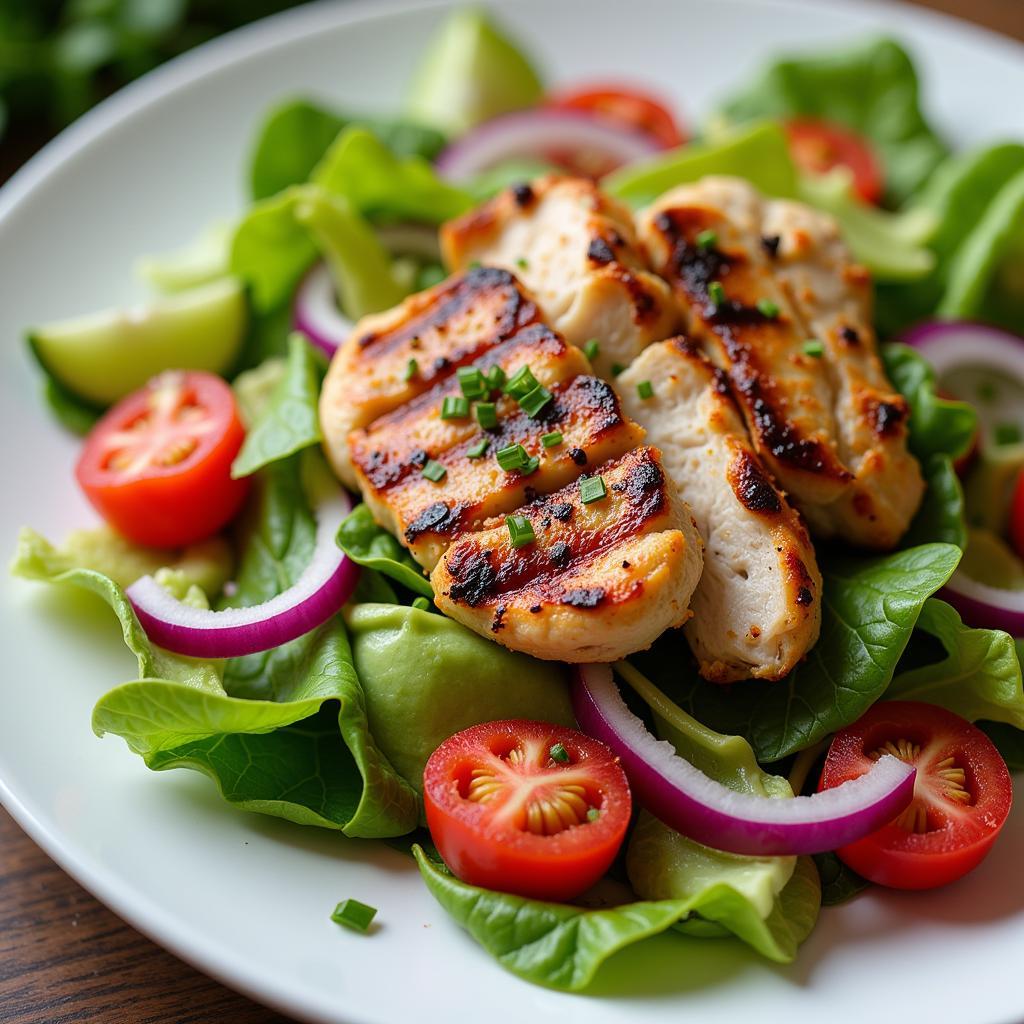A Food Photography Portfolio is more than just a collection of pretty pictures; it’s a testament to your ability to capture the essence of food, enticing viewers and leaving them craving more. Whether you’re a seasoned professional or an aspiring food photographer, your portfolio is your calling card—a visual representation of your unique style and expertise.
The Power of Visual Storytelling in Food Photography
Exceptional food photography goes beyond simply documenting a dish; it tells a story. It’s about capturing the steam rising from a perfectly cooked steak, the delicate drizzle of sauce over a decadent dessert, or the vibrant colors of fresh produce bursting with flavor. Each photograph should be a feast for the eyes, evoking emotions and creating a sensory experience for the viewer.
Think about the story you want to tell with your portfolio. Are you drawn to the rustic charm of farm-to-table cuisine or the elegance of fine dining? Do you prefer a bright and airy aesthetic or a moodier, more dramatic feel? Defining your style is crucial for creating a cohesive and impactful portfolio that reflects your unique vision.
Essential Elements of a Compelling Food Photography Portfolio
Showcasing Variety and Versatility
A well-rounded food photography portfolio demonstrates your ability to handle different subjects, lighting conditions, and styling techniques. Include a diverse range of dishes, from savory to sweet, showcasing your mastery of composition, lighting, and food styling. Don’t be afraid to experiment with different angles, props, and backgrounds to add depth and visual interest to your images.
Highlighting Technical Proficiency
Beyond aesthetics, technical excellence is paramount. Your portfolio should exhibit your command of camera settings, lighting techniques, and post-processing skills. Sharp focus, accurate white balance, and well-managed depth of field are essential for creating professional-quality food photographs.
Emphasizing Authenticity and Detail
In the age of perfectly curated Instagram feeds, authenticity has become increasingly valuable. Embrace imperfections, capture natural textures, and showcase the true essence of the food you’re photographing. Pay attention to the finer details, such as the glistening of a sauce or the delicate sprinkle of herbs, which can elevate your images from ordinary to extraordinary.
 High-quality food photography with sharp focus and balanced lighting
High-quality food photography with sharp focus and balanced lighting
Building Your Food Photography Portfolio: Tips for Success
Invest in Quality Equipment
While you don’t need the most expensive gear to capture stunning food photographs, investing in a decent camera, lens, and lighting equipment can significantly impact the quality of your images. A macro lens is particularly useful for capturing intricate details and textures in food photography.
“A good camera and lens are essential tools, but it’s your understanding of light and composition that truly elevates your food photography,” says renowned food photographer, Emily Anderson.
Practice Makes Perfect
Like any skill, mastering food photography takes time and practice. Experiment with different lighting techniques, styling approaches, and editing styles to find what works best for you. Don’t be afraid to make mistakes—they’re valuable learning opportunities.
Seek Feedback and Inspiration
Share your work with other photographers, food bloggers, or anyone whose opinion you value. Constructive criticism can provide valuable insights and help you identify areas for improvement. Additionally, draw inspiration from other food photographers, cookbooks, and food blogs to expand your creative horizons.
From Portfolio to Client Projects: Making Your Work Stand Out
Once you’ve built a solid food photography portfolio, it’s time to showcase it to the world. Create a website or online portfolio that highlights your best work and reflects your brand identity. Networking with potential clients, such as restaurants, food stylists, and publications, can open doors to exciting opportunities.
Remember, building a successful food photography career takes dedication, creativity, and a genuine passion for the art of capturing culinary delights. With each photograph, strive to tell a story, evoke emotions, and leave viewers craving for more.